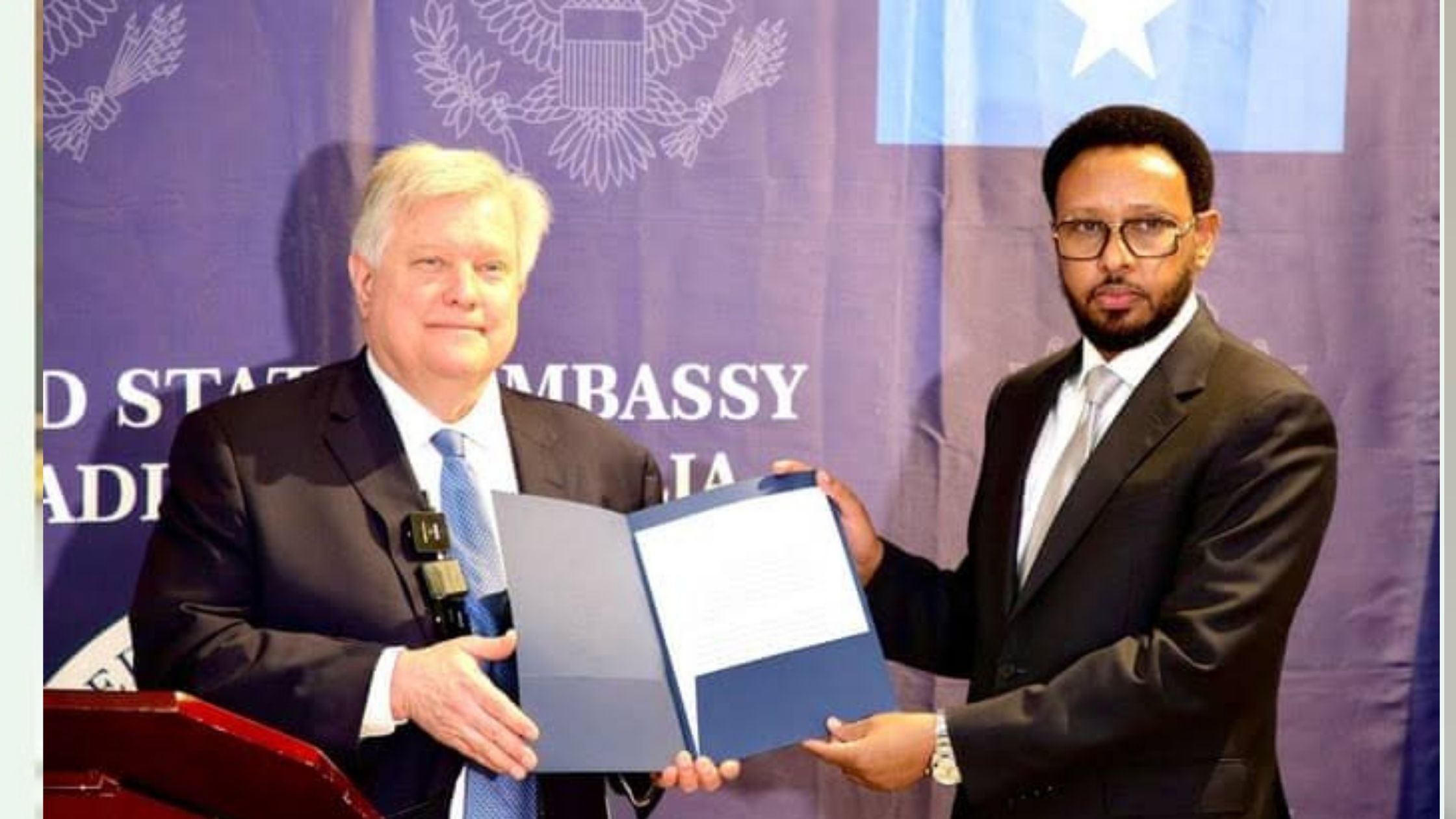In a significant financial lifeline for Somalia, the United States has extended a $1.1 billion debt relief package to help the East African nation alleviate its debt burden and support its economic recovery. The debt forgiveness, announced this week, is part of the Heavily Indebted Poor Countries (HIPC) initiative, an international effort led by the World Bank and the International Monetary Fund (IMF) to assist some of the world’s poorest countries in achieving debt sustainability.
The debt relief agreement was signed at a ceremony held at the U.S. Embassy in Mogadishu, attended by U.S. Ambassador to Somalia Richard H. Riley and Somalia’s Finance Minister Bihi Iman Egeh. Ambassador Riley described the package as a symbol of America’s commitment to supporting Somalia’s long-term stability and prosperity. “This debt forgiveness is a testament to our unwavering commitment to support the Somali people on their journey toward a brighter future,” Riley said.
The HIPC Initiative and Somalia’s Path to Debt Relief
The HIPC initiative was created to help low-income countries tackle unsustainable debt and regain control over their economic futures. Countries must meet specific criteria to qualify, including the implementation of economic reforms and poverty reduction strategies. Somalia is the 37th nation to reach the “completion point” under the HIPC initiative, the final phase that confirms eligibility for full debt relief.
Somalia has made significant progress under the HIPC framework. In December 2023, the IMF and the World Bank’s International Development Association (IDA) offered a debt relief package that reduced the country’s external debt from 64% of GDP in 2018 to below 6% by the end of 2023. The latest U.S. package adds to this progress, further alleviating Somalia’s debt and creating opportunities for the government to prioritize essential spending.
A Pathway for Economic Growth and Stability
The U.S. debt relief package allows Somalia to shift funds previously directed to debt repayment toward urgent needs, including infrastructure, public health, and poverty reduction. With less pressure from debt obligations, Somalia can access additional financial resources needed to bolster its economy, reduce poverty, and create jobs.
The timing of the relief is critical. Somalia faces immense challenges, from recovering from years of conflict and instability to addressing the effects of recurring droughts and food insecurity. Reducing the country’s debt burden frees up fiscal space, empowering Somalia’s government to focus on rebuilding its economy and improving quality of life for its citizens.
The debt relief package also signals renewed confidence in Somalia’s ability to implement economic reforms and manage its financial obligations effectively. As the country continues to stabilize, international partners are increasingly supportive of its efforts to build a resilient economy.
A Symbol of U.S. Commitment to Somalia’s Future
The U.S. debt forgiveness package is seen as a strong message of support for Somalia’s future. The economic aid not only reflects America’s commitment to Somalia but also underscores a broader mission to support global stability through poverty reduction and economic empowerment. As Somalia benefits from reduced debt, the nation stands better positioned to develop sustainable economic policies and foster growth for its citizens.
For Somalia, this debt relief is more than just a financial transaction; it is an essential step toward recovery and growth, offering hope for a more stable and prosperous future.
